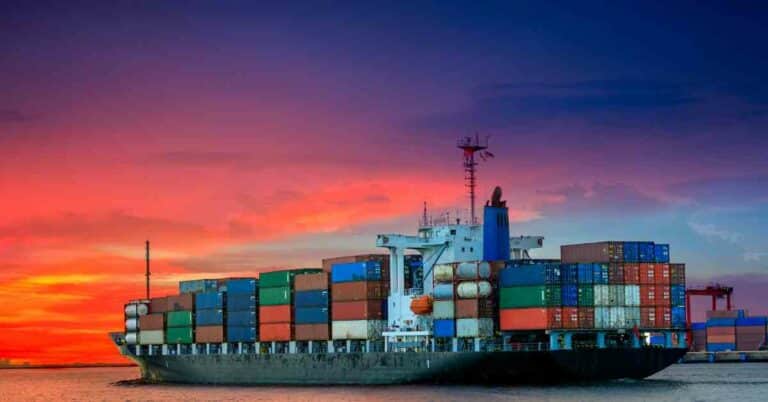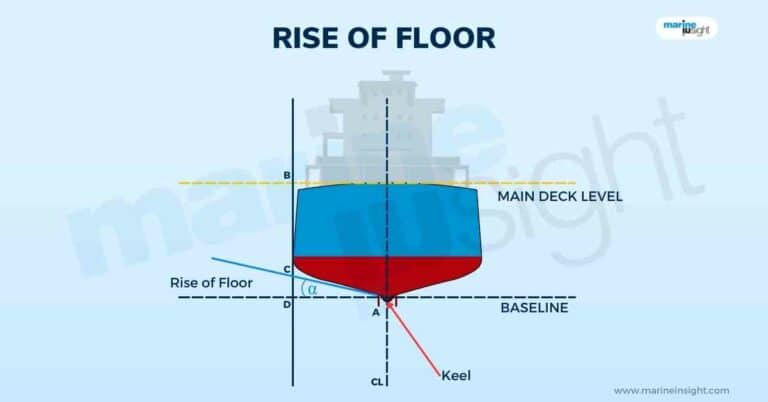What Are Chocks On Ships?
Chocks are primarily simple in construction, resembling a sizeable hook-like appearance with an opening or slot through which the towing or mooring lines pass.

Chocks are primarily simple in construction, resembling a sizeable hook-like appearance with an opening or slot through which the towing or mooring lines pass.

Underwater Keel Clearance or safe keel clearance is the vertical distance between the lowermost point of a floating vessel and the nearest fixed physical feature underneath the water at a certain point in time.

A margin line can be defined as an imaginary line or level below the actual level of the main deck that can be considered equivalent to a deck immersion case.

Cardinal Marks are a crucial system of markings similar to safe watermarks but are essentially direction-based. Their name is derived from the mathematical concept of cardinality, or in simple words, grouping.

The center of flotation can be explained as a certain point such that the transverse line passing through which a floating vessel can move or oscillate in the longitudinal sense (or along the x-z plane as per our convention).

How are shipping containers stacked on board ships and how is stacking weight calculated. Let’s find out inside this article.

Sea marks are physical indicators for navigational aid and reference. Safe watermarks are used to identify a fairway, midchannel, end of channel, and landfall.

Wind significantly affects a floating vessel, though that is far lesser than the effect of water. Know more about the action of wind on a sailing vessel in this article.

Do you know what is the rise of floor in a vessel and how it is determined? Find out more in this article.
"*" indicates required fields